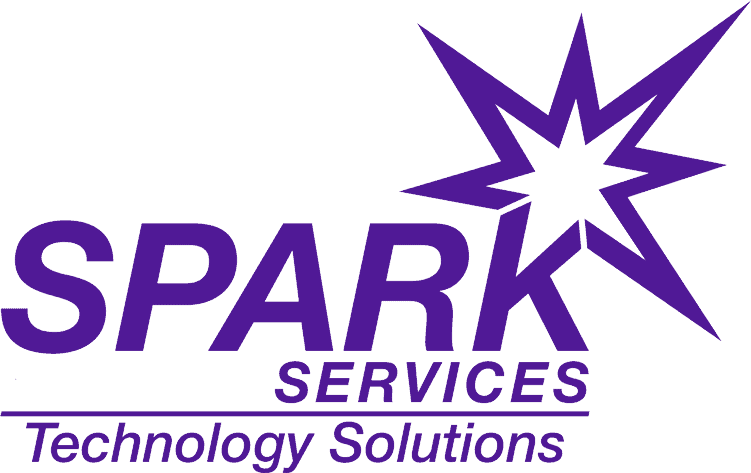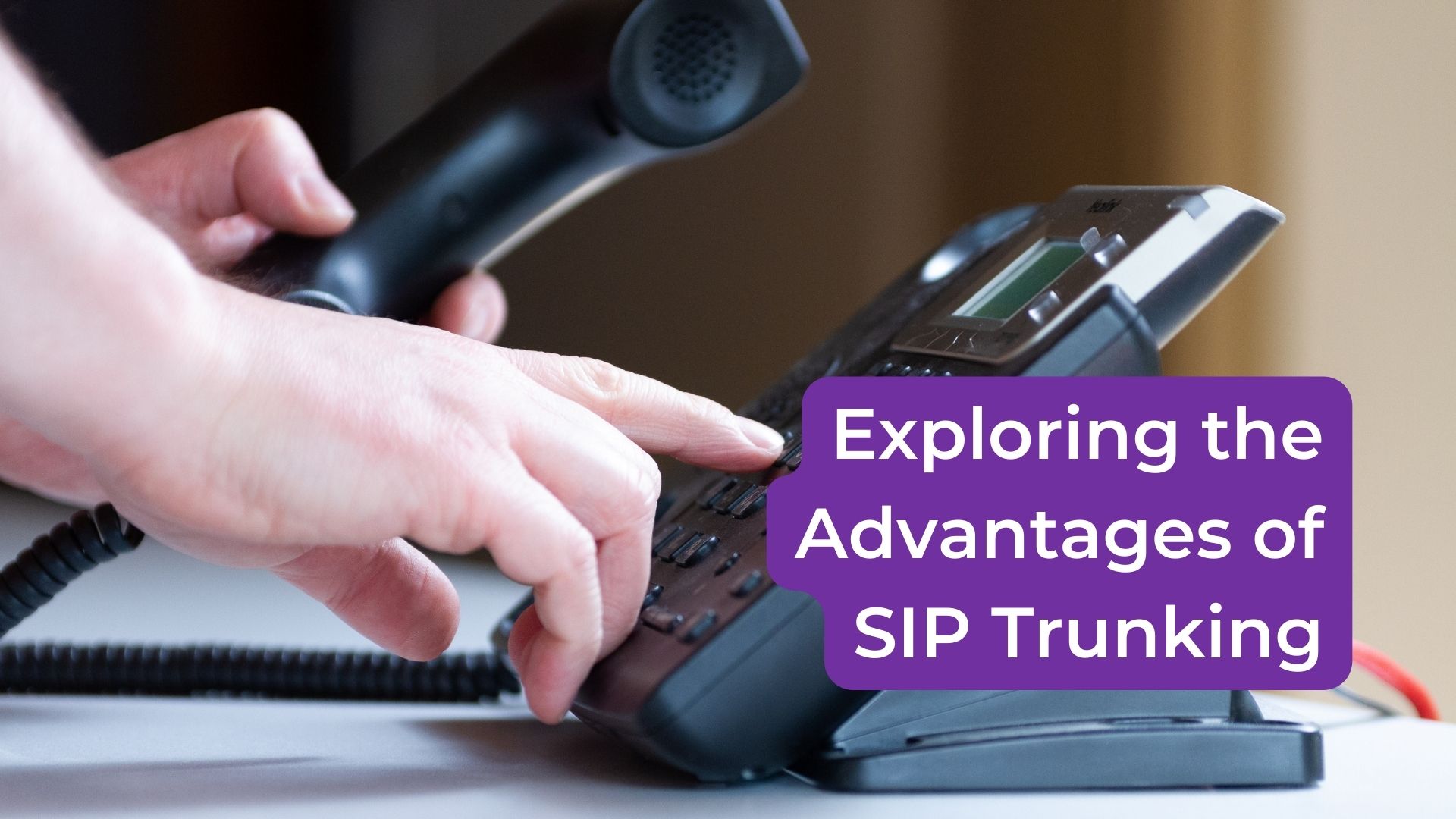In today’s rapidly evolving business landscape, effective communication is essential for driving growth and success.
As technology continues to advance, businesses are increasingly turning to innovative solutions such as Session Initiation Protocol (SIP) trunking to streamline their communication infrastructure.
SIP trunking replaces traditional phone lines with a more flexible and cost-effective solution that leverages internet connectivity to facilitate voice, video, and messaging communications.
At SPARK Services, we recognize the critical importance of efficient communication in driving business success.
With our expertise in SIP trunking solutions, we’re dedicated to helping businesses unlock the full potential of this transformative technology to streamline their operations and enhance productivity.
Now, let’s delve deeper into the advantages of SIP trunking and explore how it can revolutionize the way your business communicates.
Understanding SIP Trunking
Before diving into the advantages, let’s take a moment to understand what SIP trunking entails.
SIP trunking is a protocol that enables the initiation, management, and termination of communication sessions over the Internet.
Unlike traditional phone lines, which rely on physical connections, SIP trunking utilizes virtual connections to route voice and data traffic between your organization and the Public Switched Telephone Network (PSTN) or Voice over Internet Protocol (VoIP) providers.
Advantages of SIP Trunking
1. Cost Savings
One of the most significant advantages of SIP trunking is its potential for cost savings.
By consolidating voice and data services onto a single network and leveraging internet connectivity, businesses can eliminate the need for separate phone lines and reduce their telecommunications expenses.
SIP trunking typically offers lower per-minute rates for calls, as well as reduced upfront costs for hardware and infrastructure compared to traditional phone systems.
2. Scalability and Flexibility
SIP trunking offers unparalleled scalability and flexibility, allowing businesses to easily add or remove channels and adjust capacity based on fluctuating demand.
Unlike traditional phone systems, which require physical lines to be installed or removed, SIP trunking enables rapid provisioning and scaling through software configuration.
This scalability ensures that businesses can adapt to changing communication needs without the hassle or expense of infrastructure upgrades.
3. Geographic Flexibility
With SIP trunking, geographic limitations are virtually eliminated, allowing businesses to establish virtual phone numbers in multiple locations without the need for physical presence.
This enables organizations to create a local presence in new markets, serve customers more effectively, and expand their reach without the costs and complexities associated with traditional phone systems.
Additionally, SIP trunking supports seamless call routing between multiple locations, facilitating collaboration and communication across distributed teams.
4. Enhanced Reliability and Redundancy
SIP trunking offers enhanced reliability and redundancy compared to traditional phone systems.
By leveraging the redundancy inherent in internet connectivity and cloud-based infrastructure, SIP trunking providers can offer robust failover capabilities to ensure uninterrupted communication in the event of network outages or hardware failures.
This redundancy minimizes downtime and ensures that businesses can maintain continuous access to critical communication services.
5. Advanced Features and Integration
SIP trunking provides access to a wide range of advanced features and integration capabilities that enhance productivity and streamline communication workflows.
These features may include auto-attendants, call forwarding, voicemail-to-email transcription, video conferencing, and integration with other business applications such as CRM software and collaboration platforms.
By consolidating voice and data services onto a single platform, SIP trunking enables seamless communication and collaboration across the organization.
6. Future-Proofing
As technology continues to evolve, SIP trunking offers businesses a future-proof communication solution that can adapt to emerging trends and technologies.
Unlike traditional phone systems, which may require costly upgrades or replacements to keep pace with advancements in telecommunications, SIP trunking leverages internet connectivity and software-based architecture to provide a flexible and scalable platform for future growth and innovation.
Conclusion
In conclusion, SIP trunking offers a host of advantages that can revolutionize the way businesses communicate.
From cost savings and scalability to geographic flexibility and advanced features, SIP trunking provides a flexible and cost-effective solution for organizations of all sizes.
By embracing SIP trunking, businesses can streamline their communication infrastructure, enhance productivity, and position themselves for success in an increasingly connected world.
At SPARK Services, we understand the transformative power of SIP trunking and are committed to helping businesses harness its full potential.
Whether you’re looking to reduce costs, improve flexibility, or enhance reliability, our team of experts can help you design and implement a customized SIP trunking solution tailored to your specific needs.
Contact us today to learn more about how SIP trunking can benefit your business and take your communication capabilities to the next level.




